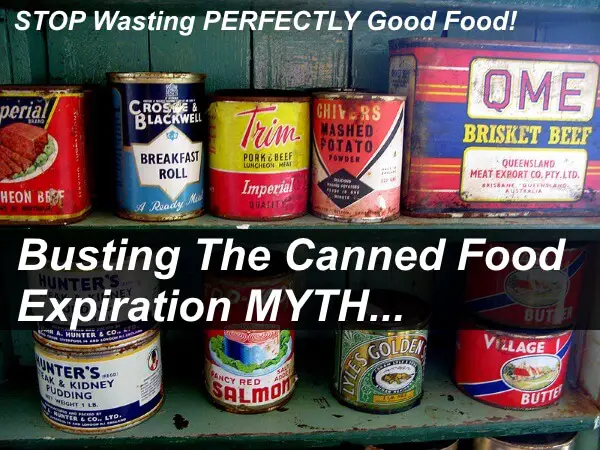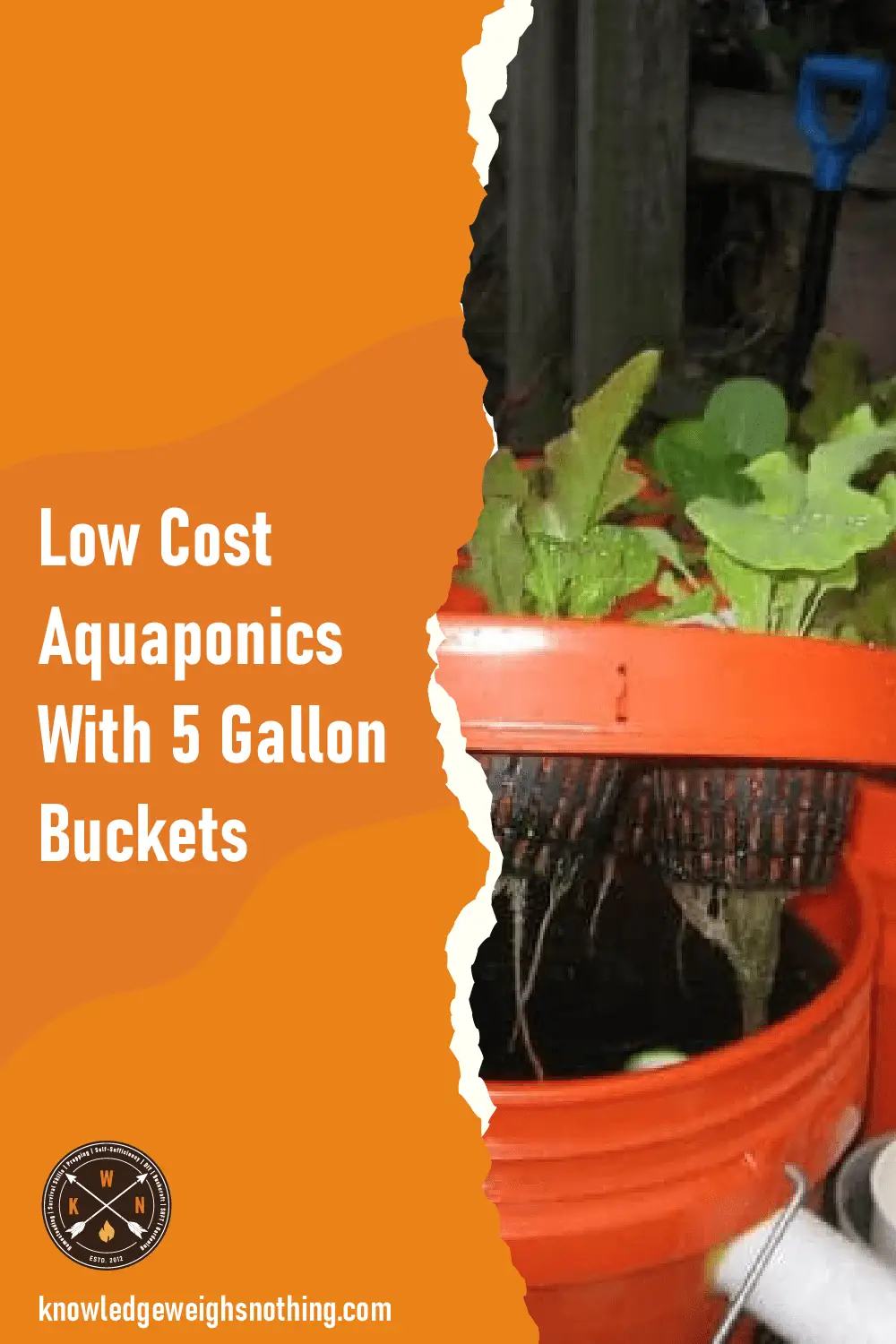
Eagerly, you search through your food pantry to find a tasty treat. Fumbling with an assortment of packaged foods, you come across a can of beans. While your mouth waters with the promise of baked bean goodness, your eyes stumble across a familiar sight the sell-by-date. Checking the wall calendar, you notice the printed date was months ago. With a concern for safety, you throw the beans into the trash and continue your quest for food.
The above scenario is a common ritual throughout many households, but while you think you’re safeguarding your health by tossing an ‘expired’ can into the trash, you’re really wasting money.
One of the biggest misconceptions in our current society is the duration before canned foods become inedible. In fact, most cans don’t feature an expiration date, but rather a ‘for best quality use by’ date stamp. Next time you’re wavering on whether or not a can of food is safe to consume, remember the following:
Table of Contents
ToggleCanned Foods Are Manufactured for Eternity
While eternity may be an overstatement, the process of canning foods renders its contents commercially sterile and microbiologically safe to consume even when the ‘sell by’ date is from a bygone era.
To understand why canned foods are safe to eat long after any printed date, you must understand how these products are made.
Canned foods are sterilized by heating their contents with steam at temperatures from 116 to 121-degrees Celsius. By exposing food to highly pressurized steam, microorganisms are destroyed and inhibited from re-populating its interior. Cans are then sealed to make them ‘airtight’, which preserves its sterile environment. Unless punctured, its contents remain in suspended animation, awaiting the day to be cooked and enjoyed.
Show Me The Evidence
Still not convinced that the can of beans you just threw away was still edible? Consider this study published by the Can Manufacturers Institute, headquartered in Washington, D.C., USA. In the 1820s, an expedition led by Sir William Edward Parry set out to explore the Northwest Passage. To keep his crew fed, he gathered several canned meats for the voyage. Two of these cans survived uneaten and were kept in a museum until 1938, when researchers removed the canned meat for inspection. After nearly 100 years, scientists found the meat was nutritionally-sound and considered safe for consumption.
In fact, The Canned Food Alliance state that as long as the can has not been ruptured, its contents are considered safe for eating, indefinitely.
What About Its Nutritional Value?
Simply because something is safe to eat, doesn’t mean it’s packed full of nutrients, or does it? Because canned food is sealed and processed at the peak of its nutritional content, most foods retain their nutrients and vitamins years after they’ve been canned. Although the texture and colour of foods may alter during a long shelf-life, their safety and nutrition remain intact.
So next time you’re scouring your pantry looking for food, pay no mind to the dates listed on a can. As long as it’s been stored at a moderate temperature, and its shell hasn’t been punctured, open the can and enjoy.
(Image from: Wikipedia)





